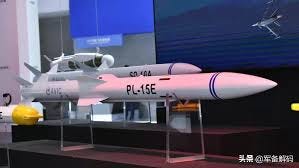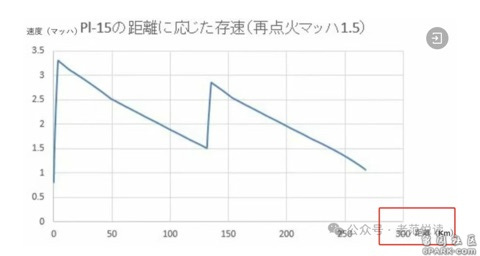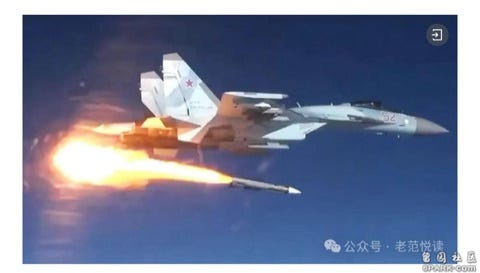If you think you know how far a Chinese missile can fly, you might want to think again. A recent incident has thrown the global defense community into chaos and perfectly showcases the Chinese approach to power, straight out of Sun Tzu’s Art of War.
Here’s what happened:
In a real air battle between Pakistan and India, Pakistan fired a Chinese-made PL-15 missile. The specs said its range was 145 kilometers. No big deal, right? Except, in the heat of battle, it shot down an Indian jet from 180 kilometers away
.
Shocked, India teamed up with Japanese experts to analyze the missile wreckage. Their findings? The real Chinese version could possibly reach up to 300 kilometers—double the official number. What’s more, rumors say the latest Chinese missiles could hit 400 kilometers, maybe even more.
This isn’t just a lucky accident or a typo on the spec sheet.
It’s deliberate strategy.
“Appear weak when you are strong, and strong when you are weak. Never let your enemy know your real power.”
— Sun Tzu, The Art of War
China routinely “under-reports” the performance of its export weapons, selling foreign buyers a dialed-down version and keeping the advanced tech for itself. This “capability smokescreen” leaves rivals guessing and scrambling to catch up—never knowing where the real limit is, or how to defend against it.
This is the Chinese mindset at work:
Hide your true strength.
Keep opponents off-balance and guessing.
Force others to waste resources, chasing shadows, while you quietly move ahead.
It’s not just about one missile, but an entire approach to competition—military, economic, or even tech. While the world obsesses over numbers and specs, China is already playing a bigger, longer game.
So the next time you see official stats about Chinese technology, remember:
If it’s from China, the real story might be hidden beneath the surface.
And that’s Art of War in action.













